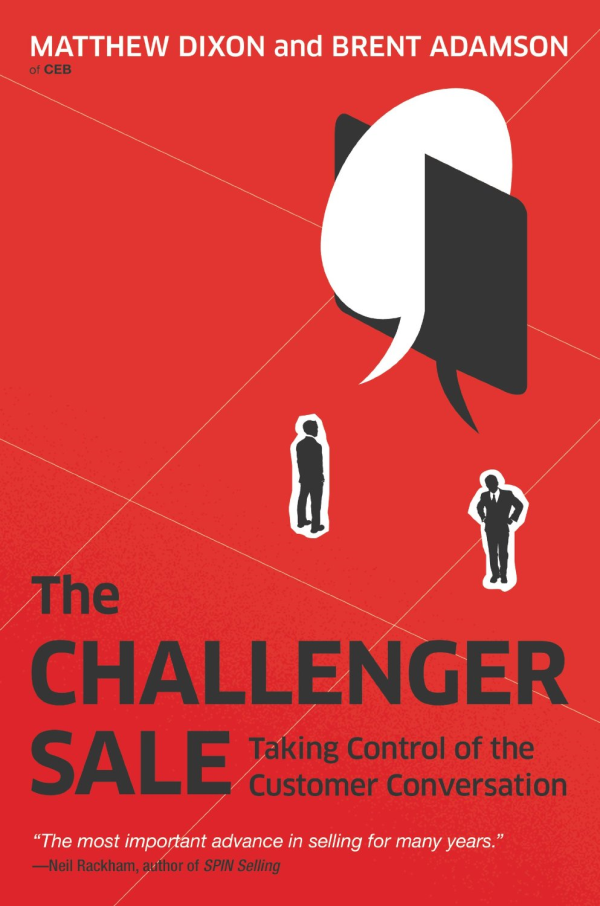Coaching and Challenging Prospects Through the Sales Process
 Too many sales reps rely on their customers to coach them through the sales cycle.
Too many sales reps rely on their customers to coach them through the sales cycle.
However, we need to learn to be the coach. A book that’s bringing sales strategies to the next level is The Challenger Sale. Matthew Dixon and Brent Adamson suggestively describe how salespeople can fit into 5 different categories: the Relationship Builder, the Reactive Problem Solver, the Hard Worker, the Lone Wolf and the Challenger.
Which category would you guess the top performing salespeople fall within?
Well, based upon the title of the book, you may have went with the educated guess of the Challenger.
Steve Jobs was a challenger. He was a guy that revolutionized the way we look at CEOs and leaders in general. These are people who bring completely new insights to the table and aren’t afraid to challenge others' ways of thinking in an effort to get them out of their comfort zone. They understand that when others leave their comfort zone they can do great things and push actions onward.
While this trait may not be inherent in most people, it’s a style that customers are responding well to according to a detailed corollary study in the book. The Challenger takes on a unique teaching advocate role in a manner that makes prospects visualize how much better things could be in response to the Challenger's thought-provoking questions and suggestions.
The theory is that all too often, the other categories of salespeople enter with too much information about their solutions and their company, whereas the Challengers hone in on the concepts and insights that will save or make money. Do you allow a prospect to convince themselves that they have no interest or do you proactively challenge their way of thinking? This isn’t customer service in the restaurant, where the motto is “The customer's always right.” This is sales in the technology industry where new ways of doing things travel down a free-flowing highway of innovation.
So it’s OK for customers to not always be right, because they tend to go with what they know and what they’re comfortable with. It’s up to you as a coach to open their eyes into insights you believe they should be aware of. Coincidentally enough, the authors of this book find that customers want this type of guidance and expertise.
As you delve back into your conversations, think about what you can do to provide more worthwhile insights in conversations with your prospects. Challenge yourself to challenge your customers’ responses and objections.
